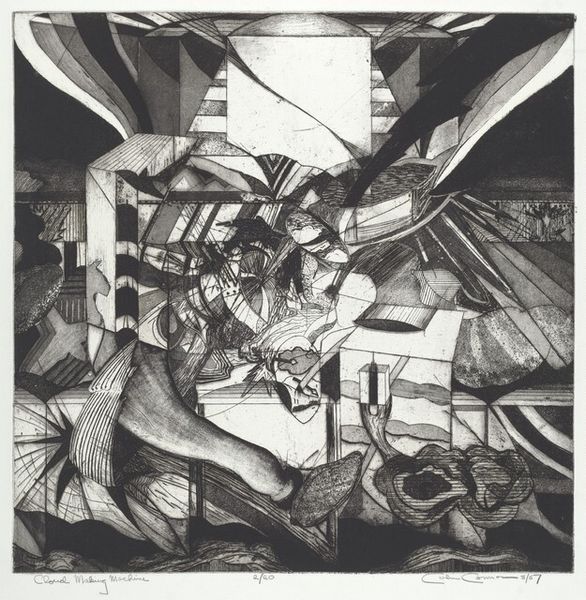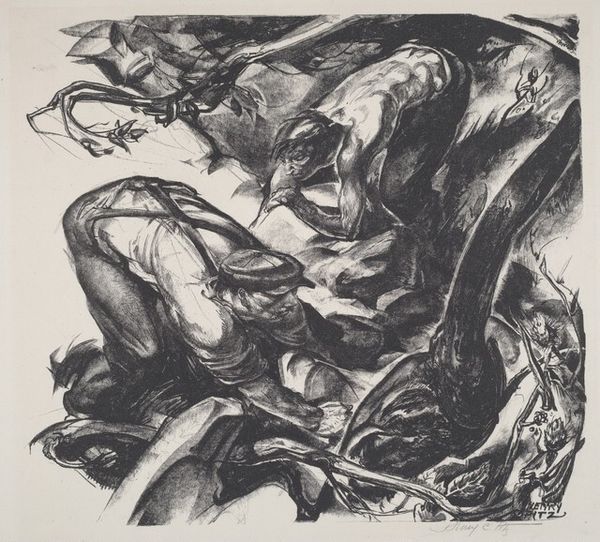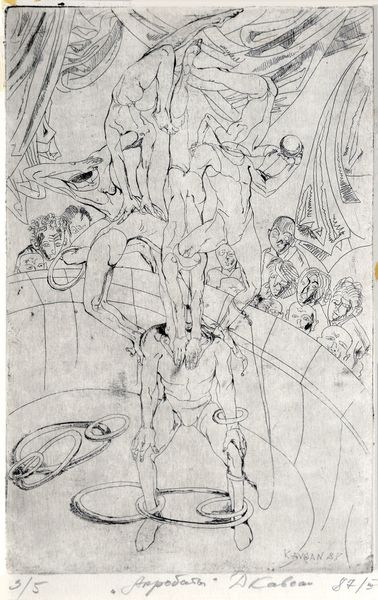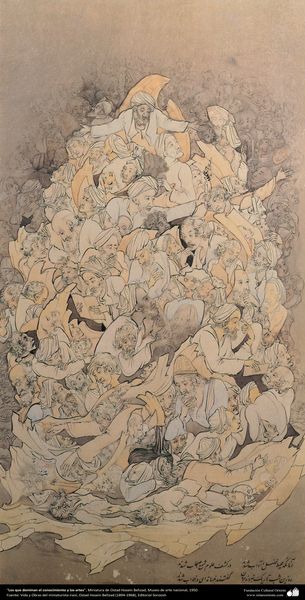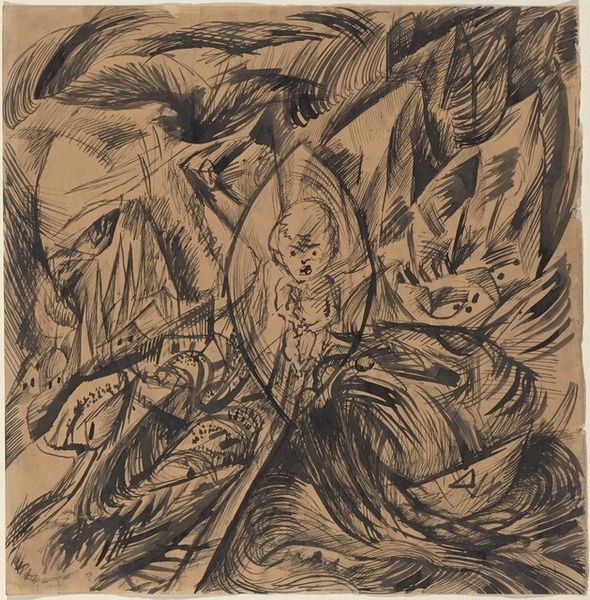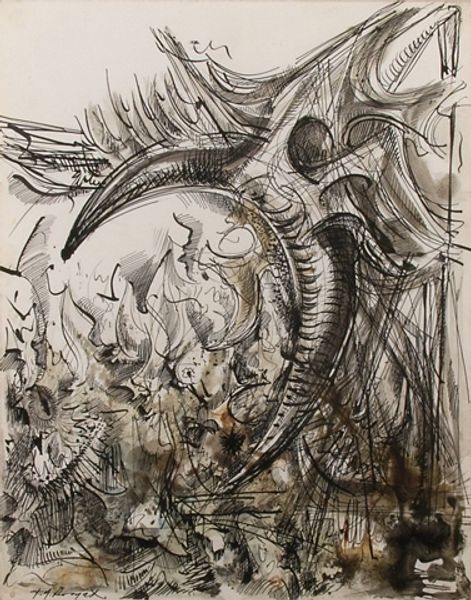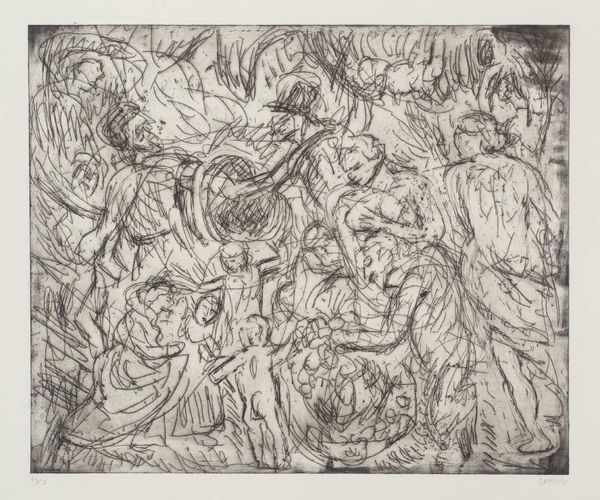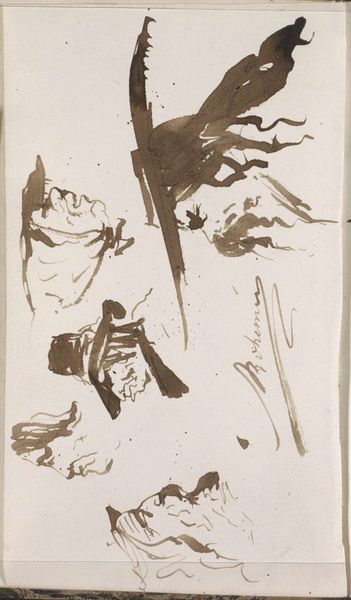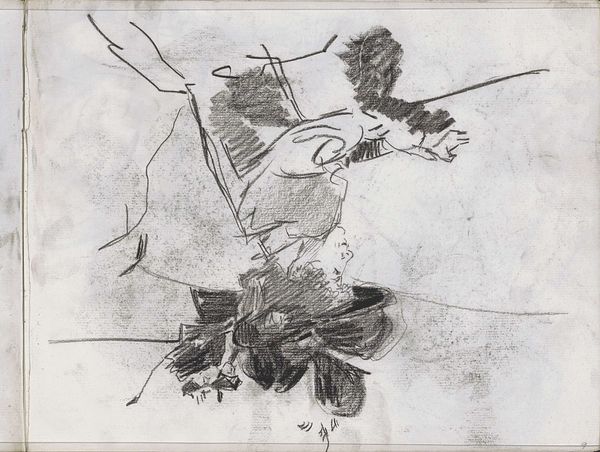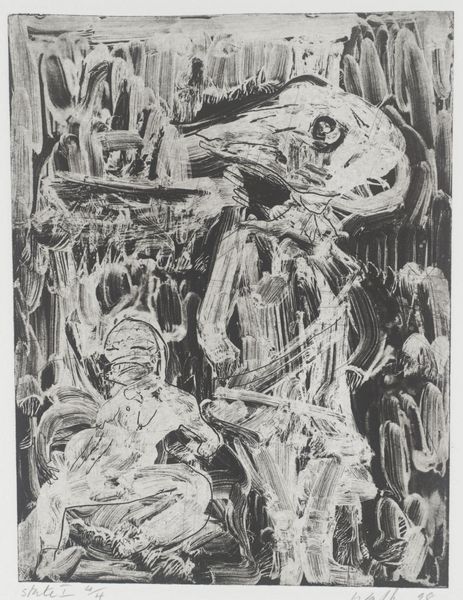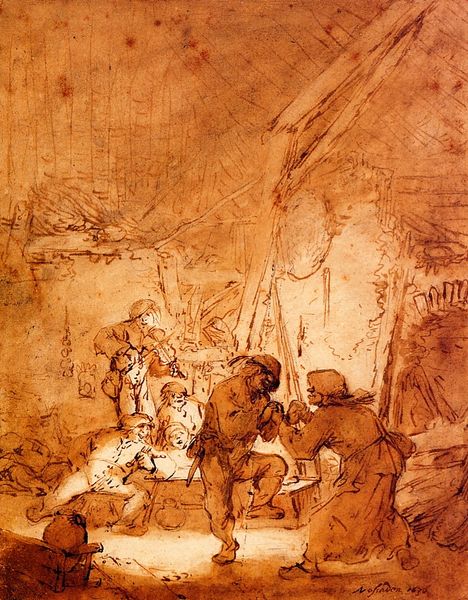
drawing, ink
#
drawing
#
ink painting
#
charcoal drawing
#
figuration
#
ink
#
romanticism
#
christianity
#
monochrome
#
christ
Copyright: Public domain
Editor: This is William Blake's "The Resurrection," and while the date is unknown, it appears to be made using ink and possibly charcoal. I'm struck by how dynamic the composition is, a real whirlwind of figures. What's your take? Curator: This ink drawing pulls me right into Blake's production process. We can see his hand at work, the quick, expressive lines. The medium itself – ink – was readily available and relatively inexpensive. Think about the socio-economic context of Blake's time, and how this availability democratized art-making, moving away from the exclusive patronage system. Editor: So you're saying the choice of materials says something about accessibility and maybe Blake's own values? Curator: Exactly. Look at the labor involved in creating these multiple figures, each rendered with such care, despite the fluid medium. Consider also Blake’s relationship to printmaking - do you see any techniques here that mirror those employed in engraving or etching? How does the lack of color serve Blake’s thematic focus on spiritual transformation, by avoiding more sensual appeal to the audience? Editor: I see how the lines almost feel like they could be etched. It does make you wonder how that printmaking background influenced even his drawings. The monochrome definitely directs your focus to the form and figures themselves. Curator: Indeed. Blake was not only an artist but also a poet and visionary. So consider this: how does the physical act of creating this drawing—the pressure of the pen on paper, the building up of ink—translate into the spiritual uprising he's depicting? It isn't simply about depicting Christ, but transforming material and labor into a visual representation of resurrection. Editor: That’s a whole new way of seeing it, considering not just what it shows, but how the making of it ties into the message. Curator: Precisely. Seeing the work as both an image and an object born from specific conditions opens up a deeper understanding. Editor: This perspective really emphasizes how the materials and the artistic process itself are integral to the artwork's meaning.
Comments
No comments
Be the first to comment and join the conversation on the ultimate creative platform.

